By Allen Yang
My Mom and Dad left China for the United States in 1945. They didn’t expect to stay long, or maybe they did.
They left their homeland just 35 years after the fall of the Qing Dynasty and the founding of the Republic of China
…during the eighth year of its war with Japan…
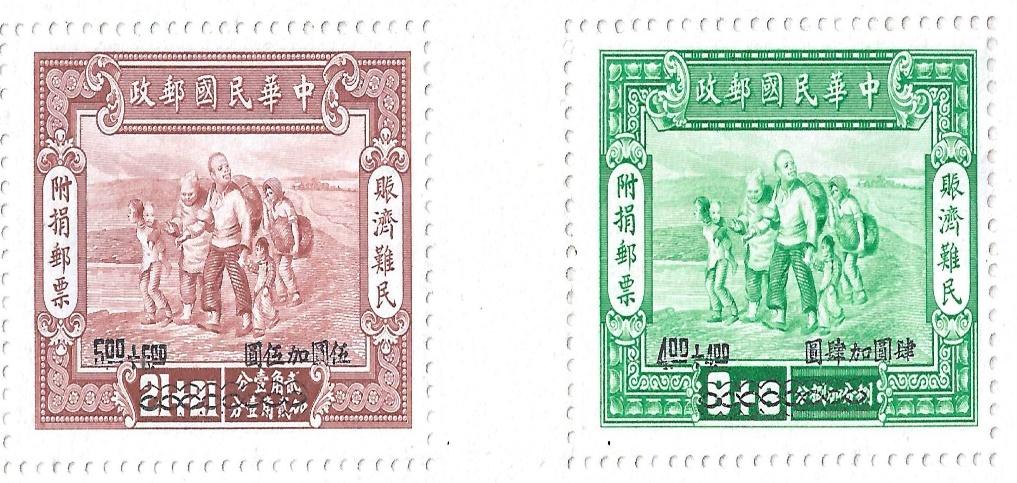
…and a dozen years into the internal rebellion by the Chinese Communist Party against the ruling Nationalist Party.
Trading this tumultuous republic for another one across the sea compelled them and many others. My parents’ story combines both extraordinary and common elements and I would like to share their story with you.
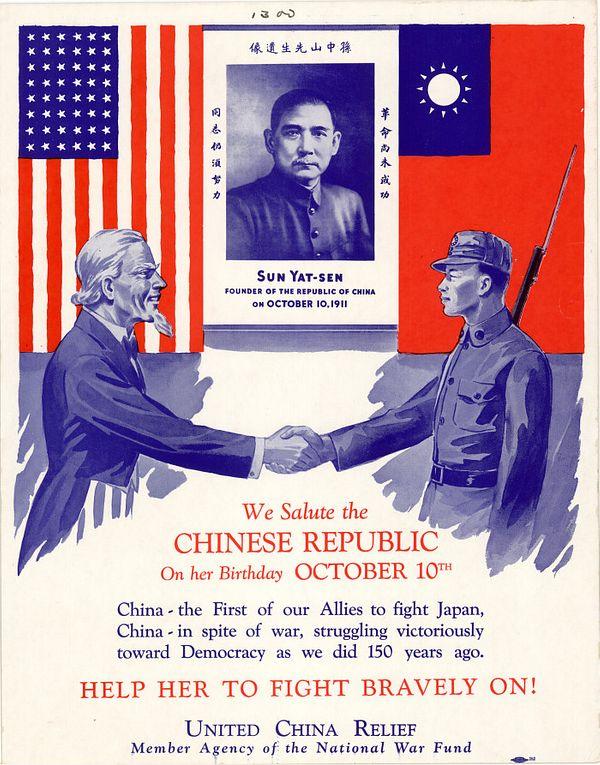
Chinese students in the first half of the 20th century would pursue advanced degrees at universities across the United States. This was a common path for thousands of China’s best, including my parents. None of them made it without an amazing combination of hard work, scholastic achievement, connections with the right people, persistence, and luck.
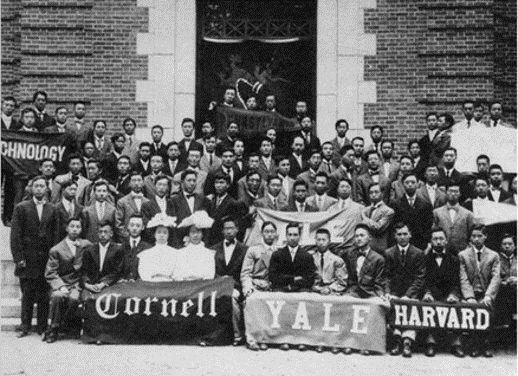
I tell this story to honor the incredible journeys of these Chinese students who would become our parents – their lives in China, their various paths to the United States, and their ability to survive and thrive here.
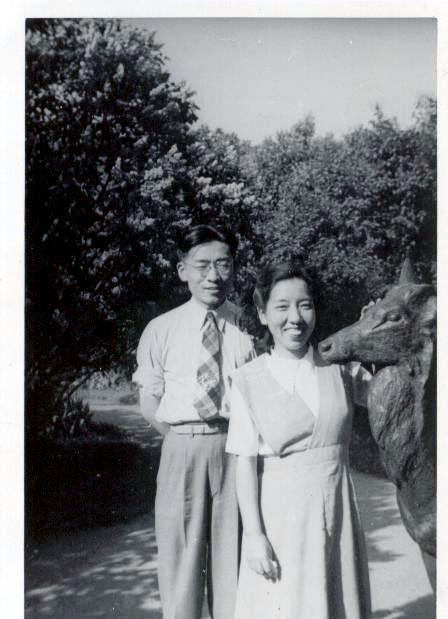
My Dad – Richard Yang – Yáng fù xiān – electrical engineer, university professor, restaurant owner, real estate agent and golfer – created opportunities for himself and made personal connections that were crucial to his journey to the United States.
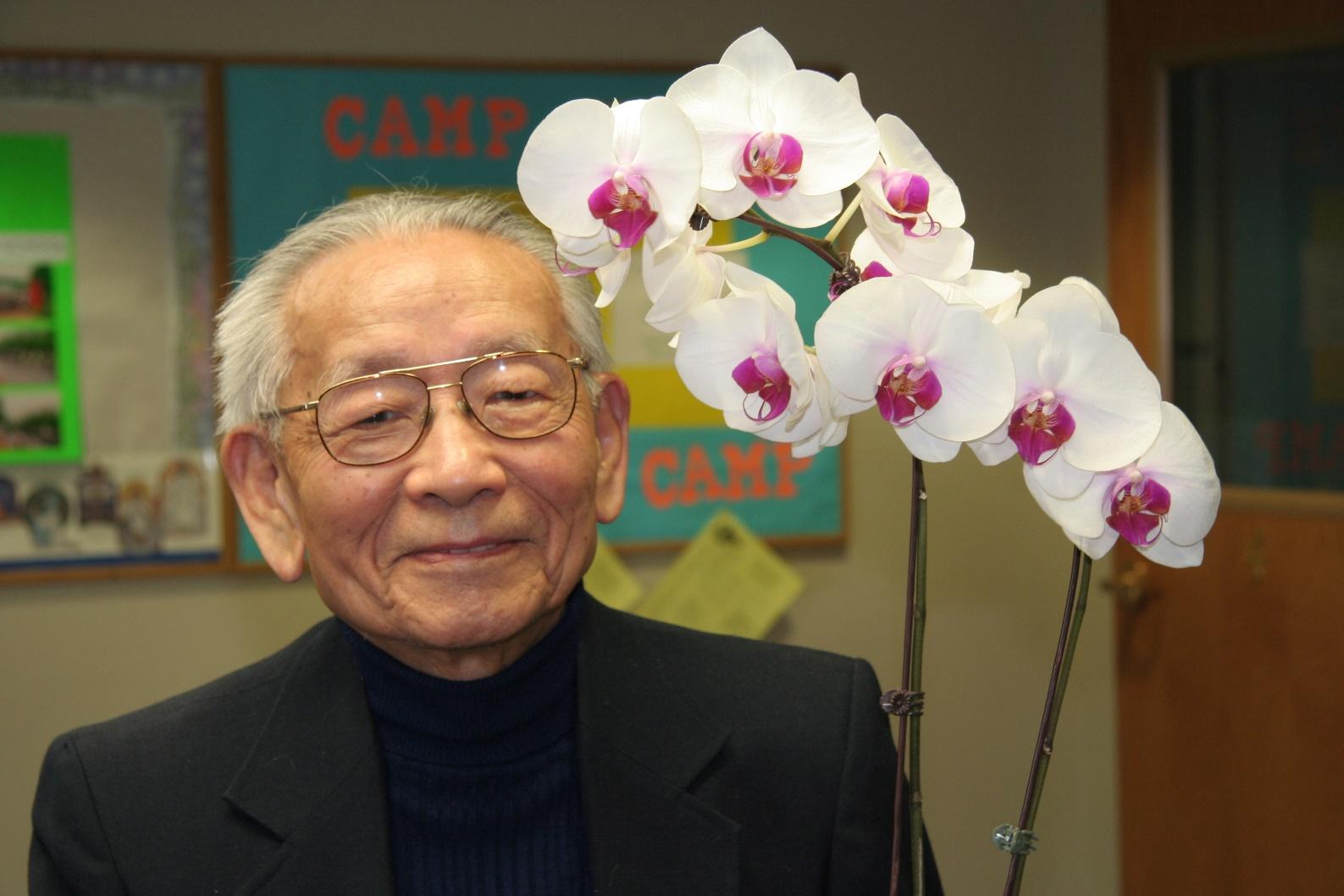
My mom – Jean Yang – Shěn jiā qín –the organizer, the school leader, volleyball star, and church founder. Her dedication to family and friends became a key to creating enduring communities of mutual support.
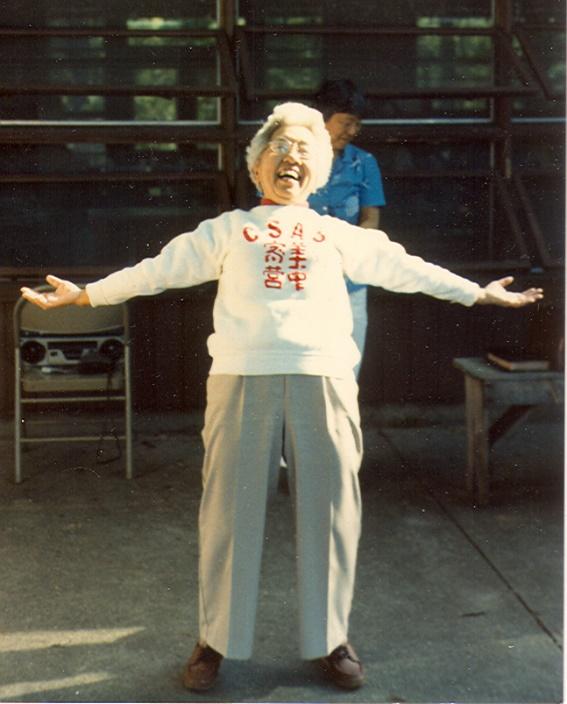
This historical timeline is an extremely condensed synopsis of Chinese American history. In general, America’s relationship with China has always been a mixture of opportunity, cheap labor, racism, repression, sympathy, idealism, legal restrictions and a clash of ideologies and politics within and between both countries.
Chinese American History in a Nutshell
1840’s – Britain defeats China in the first Opium War, opening China to Western powers for trade, Christian missions, and legalizing opium sales to China. China continues to spend its entire gross export income on British opium from India. British and other western diplomats, merchants, missionaries, and cartographers enact their linguistic imperialism by converting Chinese names and locations with phonetically erratic transliterations. For example, the city of Guanzhou in SE China is transliterated as “Canton”
1850’s – California Gold Rush attracts thousands of Chinese mostly from SE China to the US
1850’s – 1860 – China Taiping rebellion against the Qing Dynasty further propels Chinese to seek refuge in the US and other countries
1860 – China’s defeat in the Second Opium War leaves China virtually destitute and financially in debt to the Western powers.
1860’s – Transcontinental Railroad attracts more Chinese workers, again from SE China
1868 – US/China Burlingame Treaty establishes friendly formal relations between US and China – immigration restrictions relaxed.
1875 – US Page Act bans Chinese women from entering the United States to “end the danger of cheap Chinese labor and immoral Chinese women.”
1882 – US Chinese Exclusion Act federal legislation passed – prohibiting all immigration from China. Chinese residents in the US excluded from US citizenship.
1901 – Boxer Uprising ends – Chinese rebellion against Christian missions and western domination defeated by an alliance of western nations.
1908 – Boxer Uprising reparations to the US used to pay for Chinese student scholarships in US universities, as well as Chinese preparatory schools.
1910’s – Merchant exemption to the Exclusion Act allows restaurant owners to apply for worker visas. Rapid growth of Chinese “Cantonese” restaurants across US
1911 – Qing dynasty overthrown. Republic of China founded.
1927 – Chinese Civil War begins between Republic of China and Chinese Communist forces and continues intermittently for another 20+ years.
1937 – Japan invades China, starting the second Sino-Japanese War
1942 – China joins Allied Powers against Axis nations after US declares war
1943 – Magnuson Act allows entry visas for 105 Chinese immigrants per year. 1945 – WWII ends
1949 – Chinese Civil War ends with Republic of China government retreating to Taiwan and the Chinese Communist Party laying claim to the entire continental China and forming the People’s Republic of China (PRC). PRC allies with USSR. US cuts diplomatic ties, travel/migration between US and China stops.
1950 – Korean conflict pits U.S. and United Nation countries against North Korea (with major military aid and troops from PRC)
-President Truman issues an executive order forbidding Chinese nationals studying or working in science and technology from returning to China
– Chinese students attending school in the U.S. are offered “refugee” status to replace their “no longer” valid student visa.
Millions of Chinese were forced to flee their homes and cities when the Japanese military invaded China starting in 1937.
In Simon Winchester’s book Bomb, Book and Compass he states:
“Colleges in the cities of Shanghai, Wuhan, Nanjing, and Guangzhou had been selected as early targets for [Japanese] bombing. Nankai University in Tianjing had been repeatedly bombed, and its ruins were set ablaze with kerosene. The main university in Beijing had been initially stripped by looters, and its academic buildings were converted into brothels, bars, and stables for use of the troops…”
As the Japanese army took over more and more of China, many major Chinese universities based in Beijing and other coastal cities relocated their faculty, students, books and equipment, first south and west to Changsha, a journey of almost 1000 miles, and then to Kunming, another 800 miles west.
To put this into perspective, imagine moving Northwestern University from Chicago to Dallas Texas, then from Dallas to Tucson, Arizona. During a war.
Mom and dad met in a physics class at Wuhan University which had also relocated inland to Chungqing. There were four students – 2 women from Shanghai who paired up immediately, leaving mom and dad to join up as lab partners.
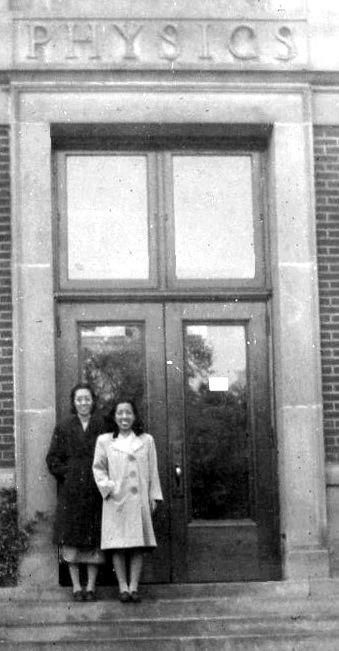
Their physics professor assigned them an experiment – take a “portable” radio transmitter and walk for a mile, then call the professor back at the lab. Repeat until contact was lost. The radio had a range of perhaps 5 miles. The two of them were walking and carrying the radio, probably 2 miles/hour. Once they lost contact, they walked back to campus.
So, this walk, my parents’ first date, lasted somewhere around 5-6 hour
Dad’s expertise in electronics qualified him for work at Tsing Hua University in Kunming with the US Army Air Corps – the “Flying Tigers” – repairing the radios and weather balloon transmitters used for weather prediction for cargo and fighter/bomber flight planning. He became good friends with many of the logistics and flight planning staff, including a US Army Air Corps officer, Captain Fleming.
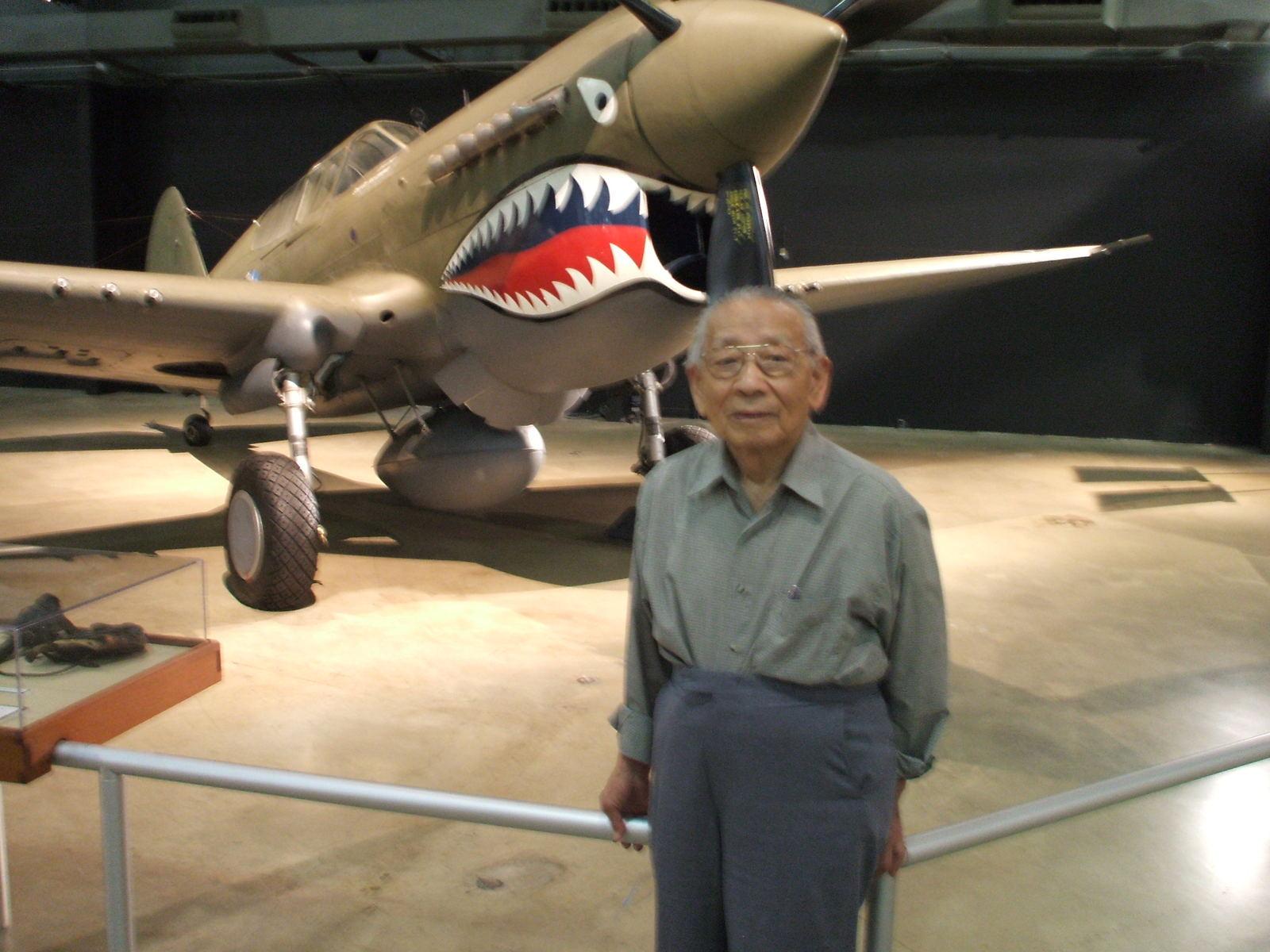
Sometime in 1944, my father was reading one of his favorite magazines – the Proceedings of the Institute of Radio Engineers – and came across an article by a Charles Pear from the Washington Institute of Technology.
Something in the article impressed dad enough to write Mr. Pear a letter which included a request to enroll in the Washington Institute to continue his studies for an advanced degree.
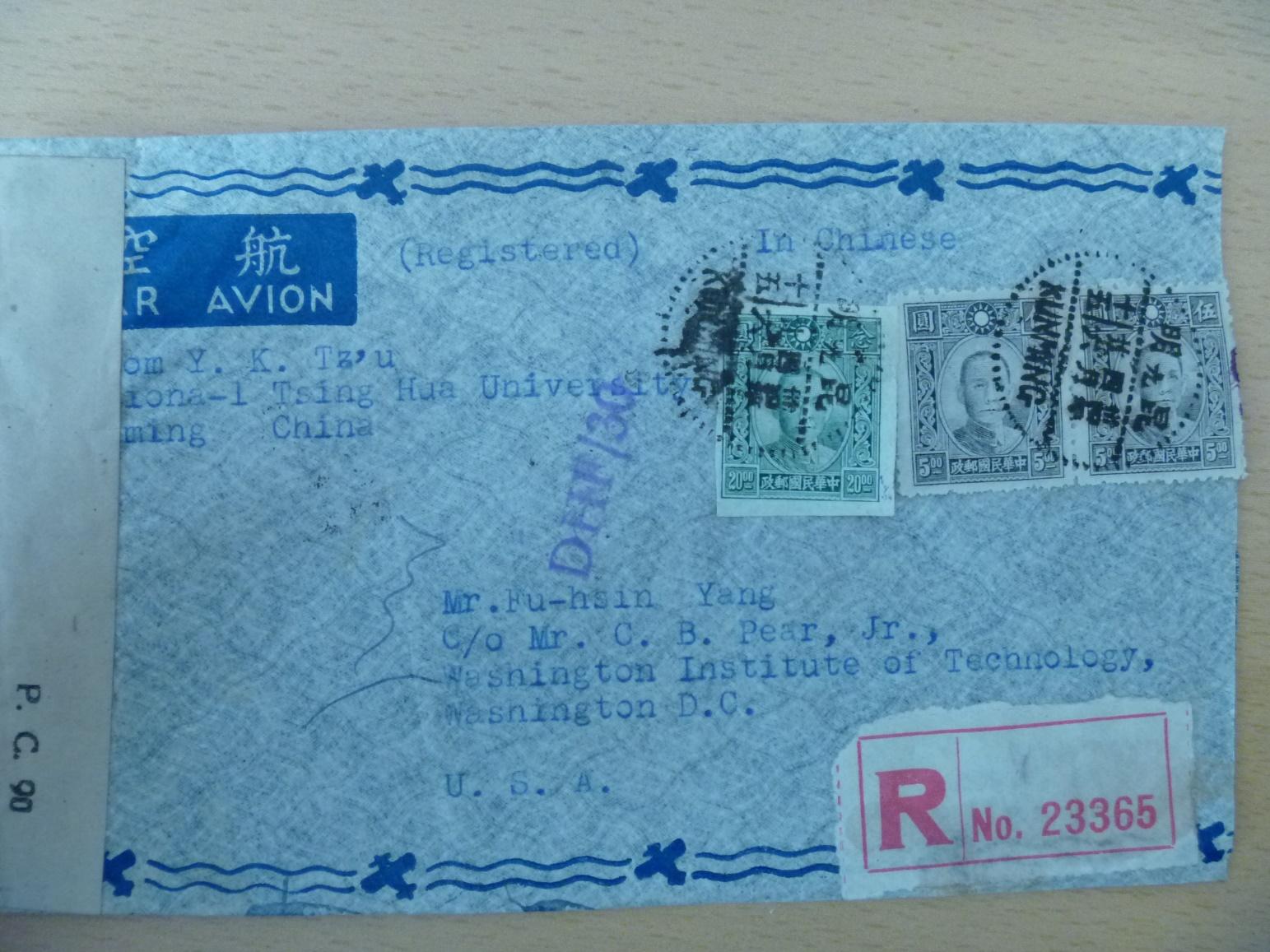
A few months later, dad received a letter from Mr. Pear. The Washington Institute of Technology was an engineering company. Unfortunately, Mr. Pear could NOT provide dad with more schooling, but he did something much more important – he offered dad a JOB. Suddenly, dad had his golden ticket out of China!
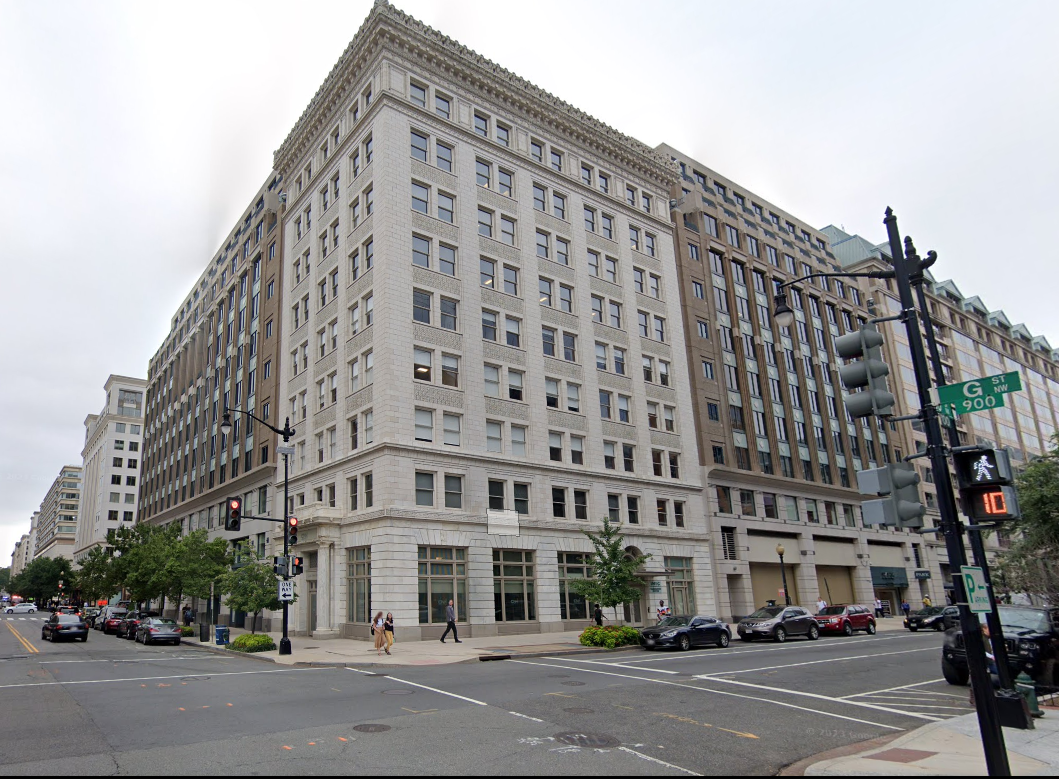
The Flying Tigers held a BIG going away party for dad after his job offer from the United States.
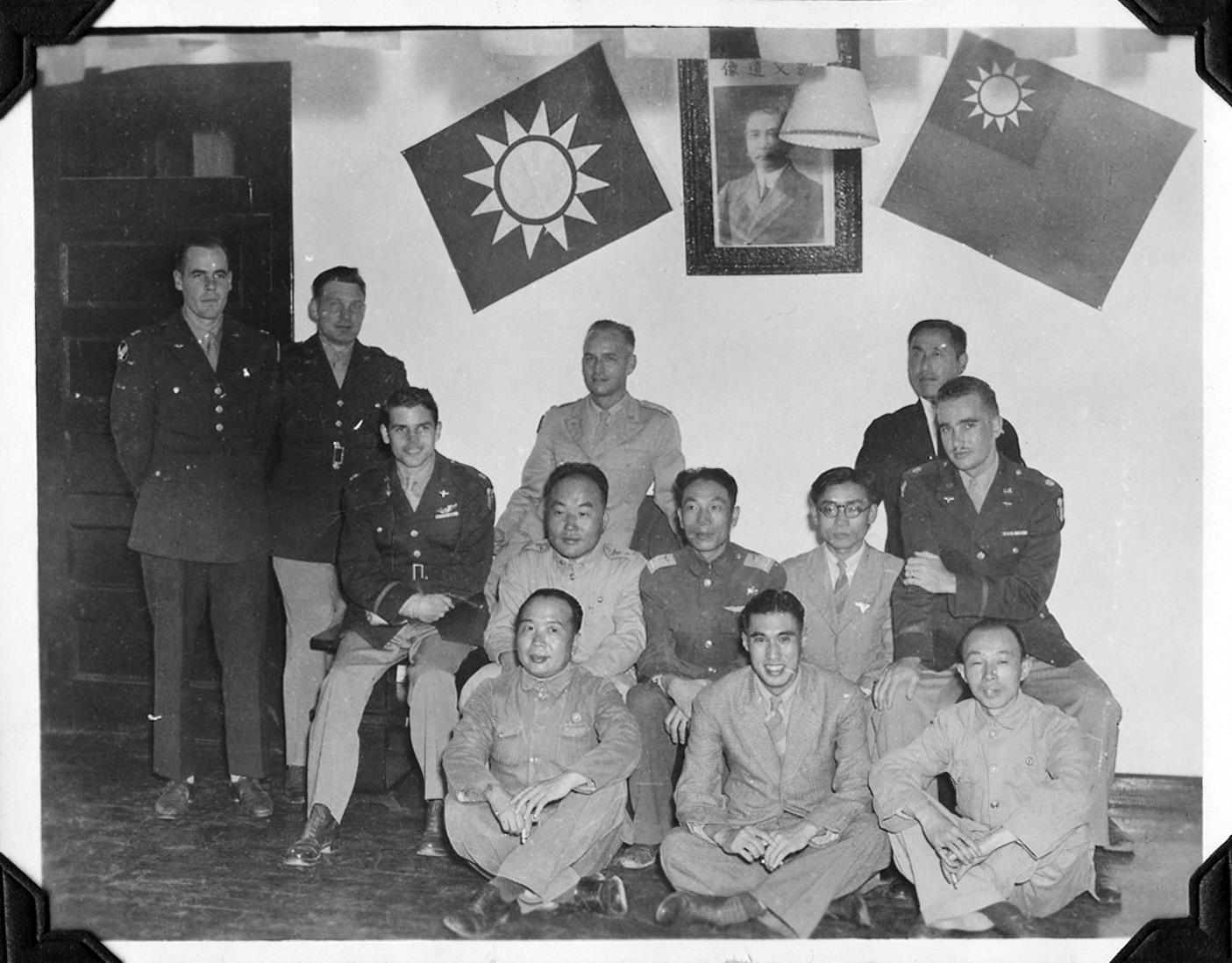
But months went by with no response about his visa application. One day, as dad was riding his bicycle down the road in Kunming, his friend, Captain Fleming spotted him and asked why he was still there. Dad explained the situation. Captain Fleming said “Get in the jeep” and they drove to the US consulate office, where Fleming vouched for dad. Dad got his visa the next day!
Somewhere during this time, dad asked mom to join him to go to America. Probably the closest an engineer can get to a marriage proposal.

The first leg of Mom & Dad’s trip is documented by these airplane ticket receipts from China National Aviation Corporation for travel on March 9, 1945.
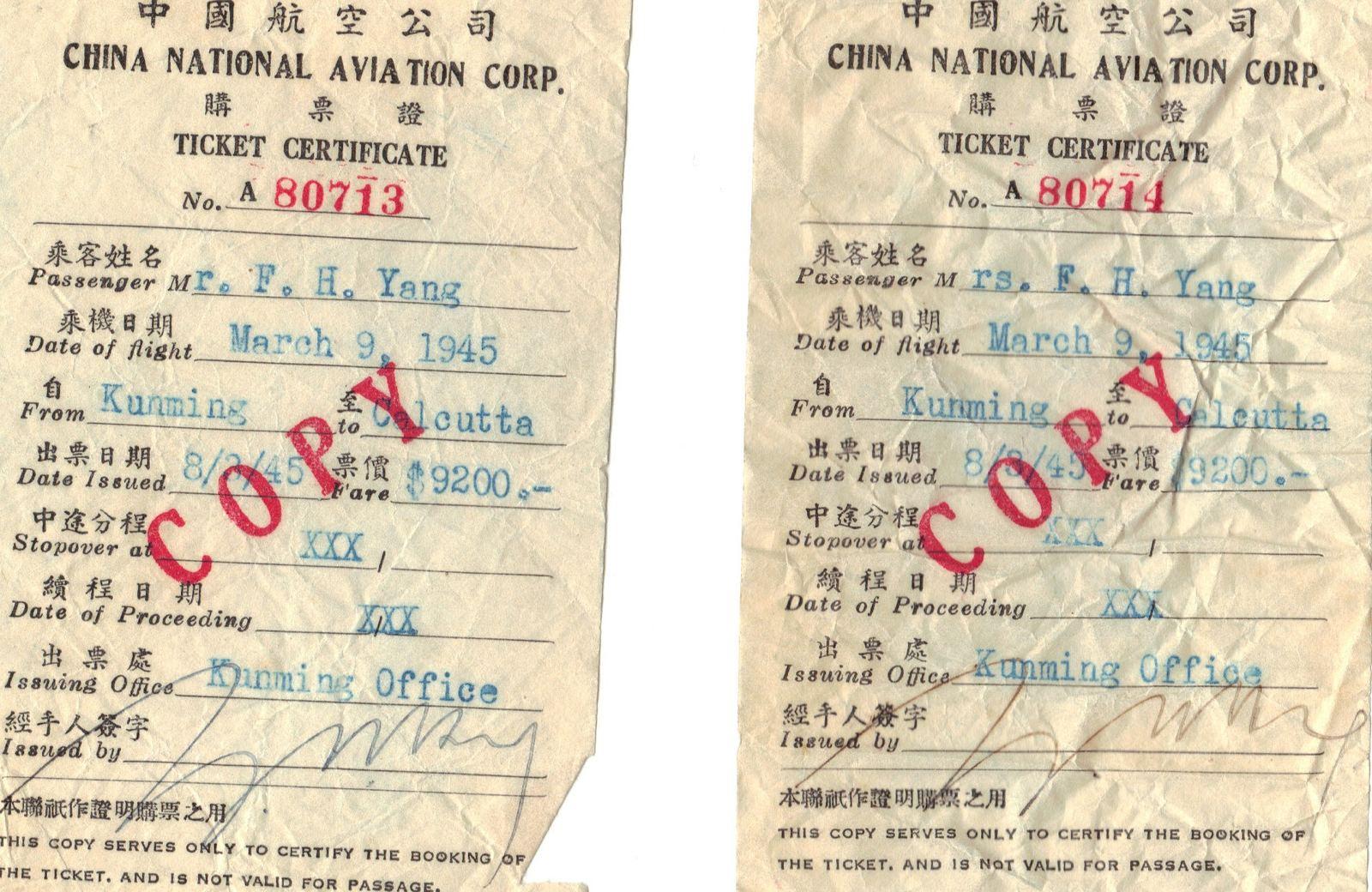
Here is a rough sketch of dad’s journey from Kunming to Washington DC.
His travel at sea from Mumbai to Los Angeles was on a US Navy troopship, the Admiral W.S. Benson.
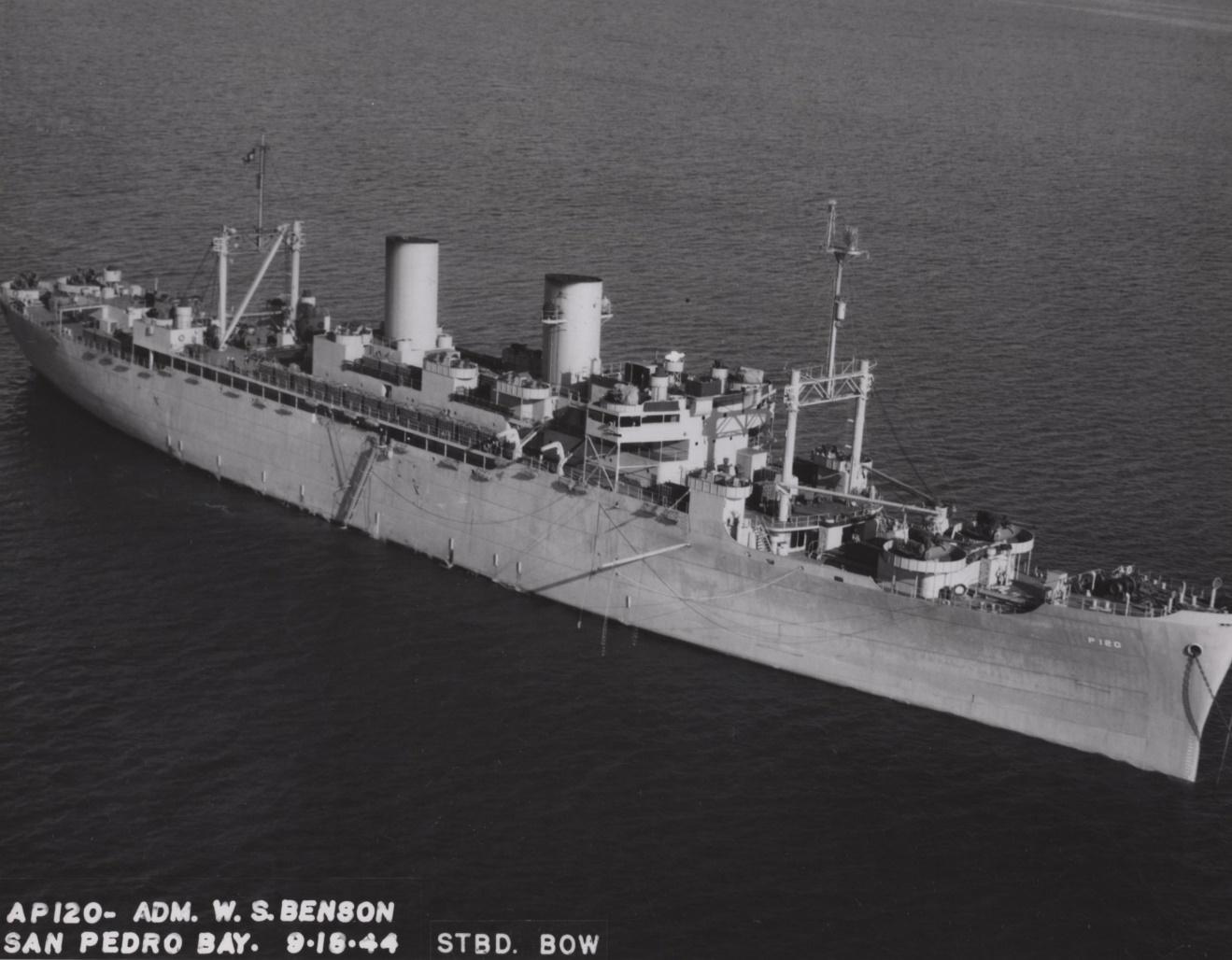
Meanwhile, Mom, her sister, and other women bound for the US had to wait in Mumbai until the authorities would allow women to travel.
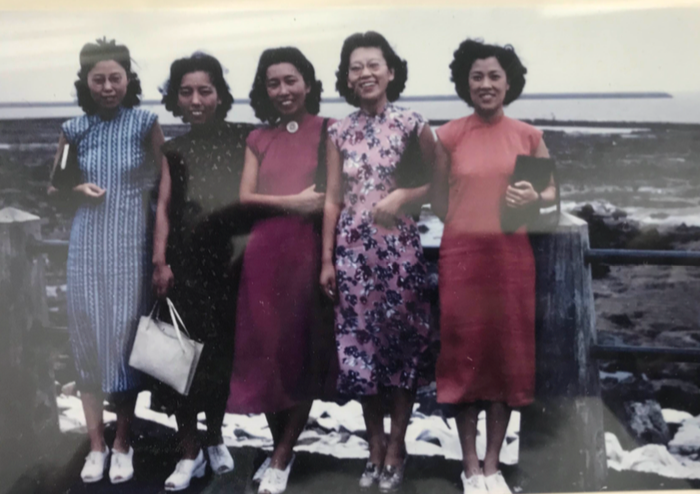
In July, they were able to book passage on the MS Gripsholm, an ocean liner of Swedish registry chartered by the US State Department as an exchange and repatriation ship. They left India on July 3rd, sailing through the Suez Canal, and arrived in New Jersey one month later.
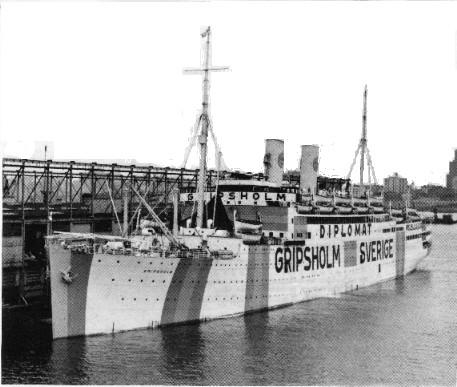
This article from the August 3rd, 1945 edition of the New York Times describes the Gripsholm’s arrival in Jersey City. Among over 1,500 passengers are “174 Chinese students”
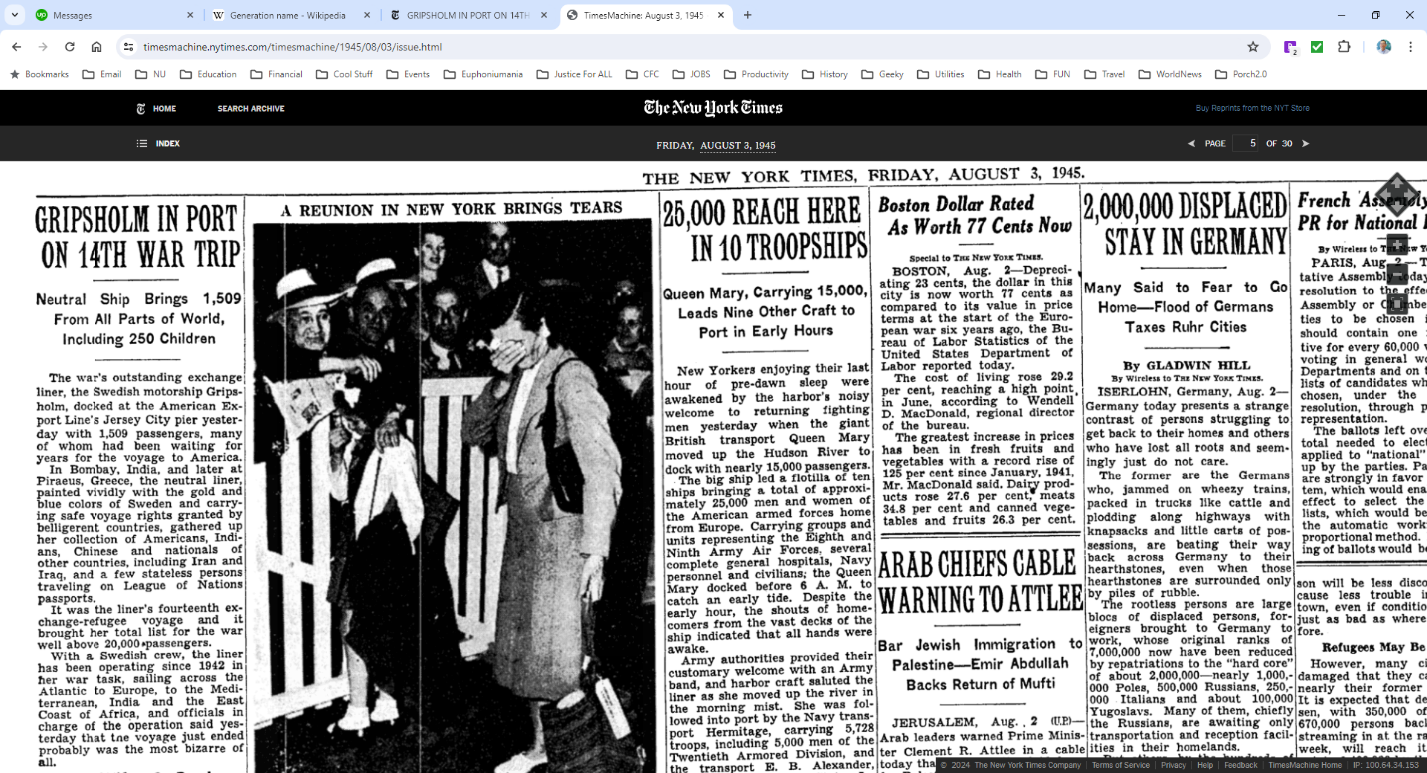
Mom reunited with Dad, and my aunt with her husband. These young adults – all in their 20’s, born in a China suffering through constant turmoil for over a century, escaping Japanese aggression and invasion, navigating by plane, train and steamship over thousands of miles – each arrived with a suitcase, a few hundred dollars and the possibility of a better future in America.
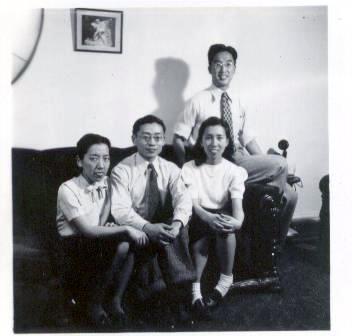
But they, along with thousands of other Chinese students here, were impacted
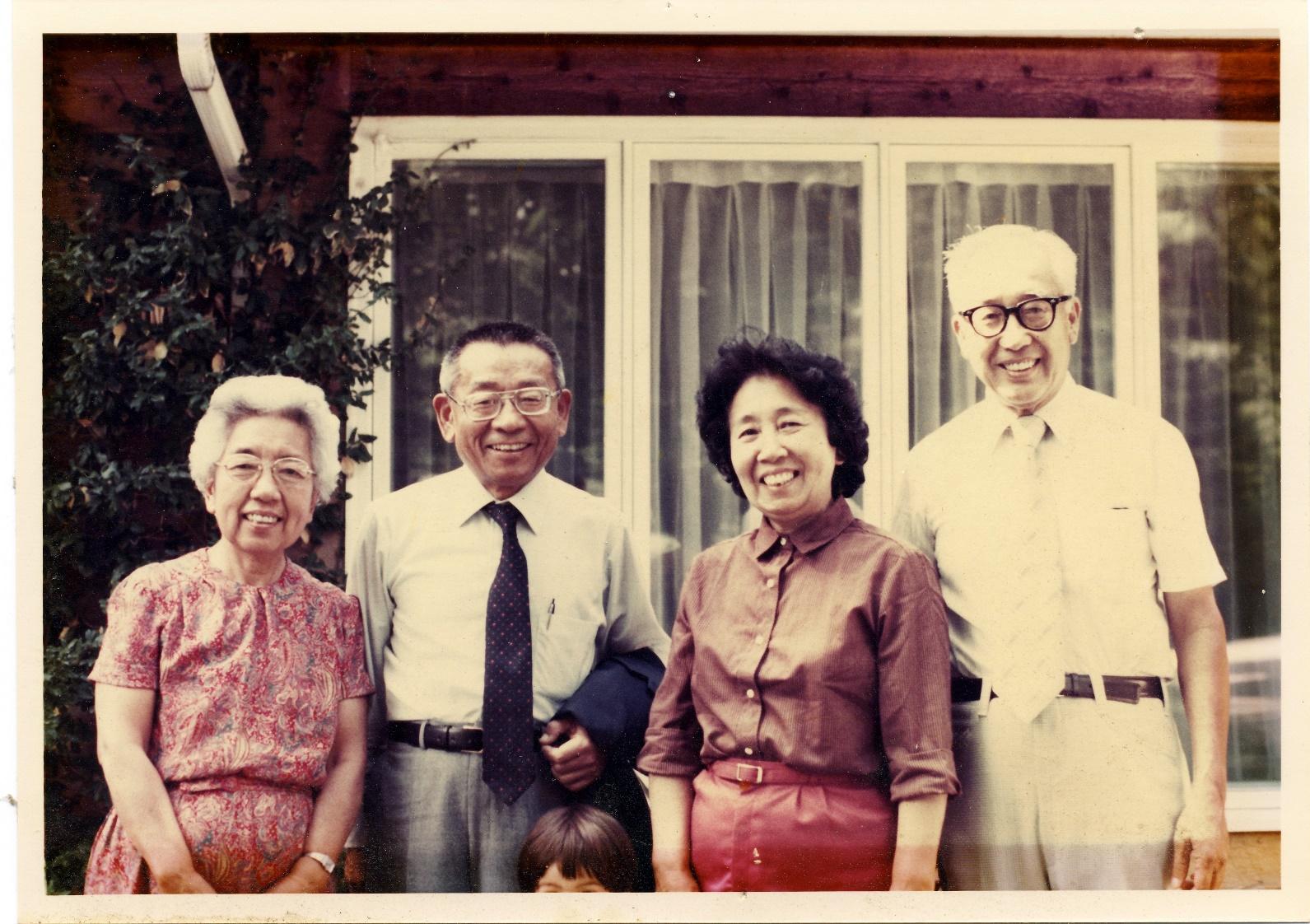
by the constantly evolving and fraught relationship between the United States and communist China, a mixture of unspoken prejudice and public propaganda …with courageous support from US lawmakers.
Hard choices, limited opportunities, as well as some blessings along the way.
These were the forces that forged the Chinese American community of our parents.
AsAmNews is published by the non-profit, Asian American Media Inc.
We are supported through donations and such charitable organizations as the Robert Wood Johnson Foundation. A big thank you to all our readers who supported our year-end giving campaign. You helped us not only reach our goal, you busted through it. Donations to Asian American Media Inc and AsAmNews are tax-deductible. It’s never too late to give.
Please also follow us on Instagram, TikTok, Facebook, YouTube and X.

